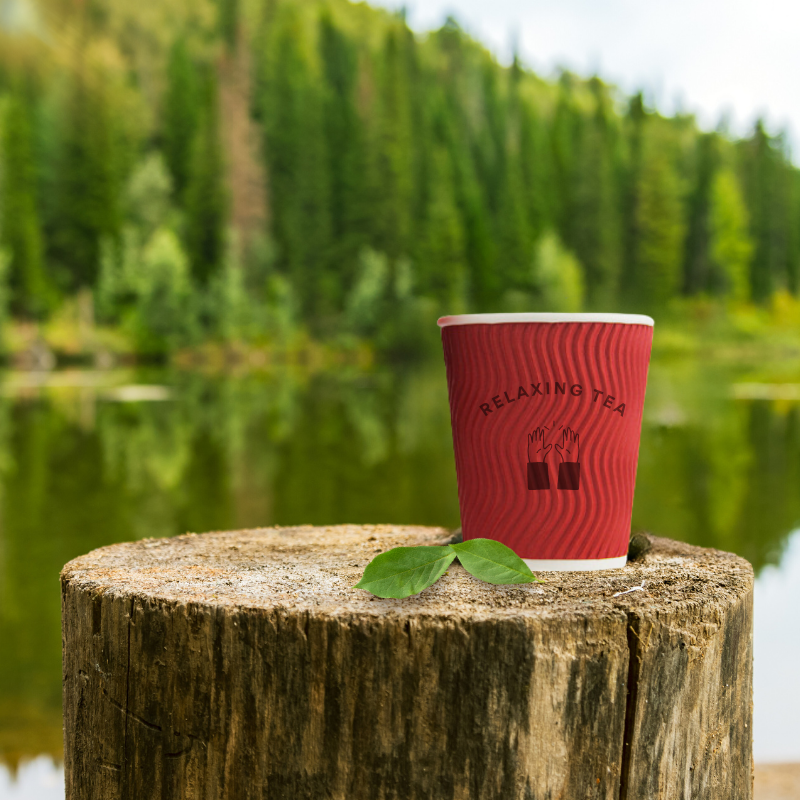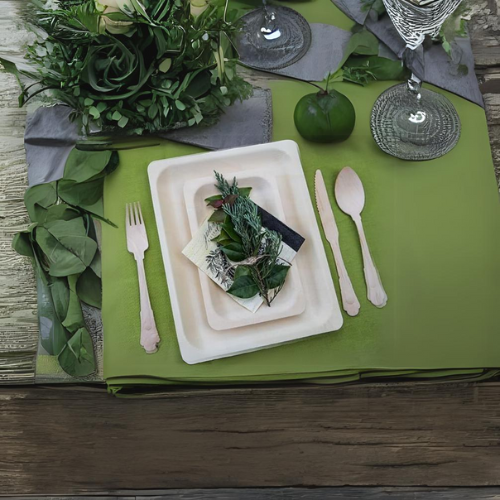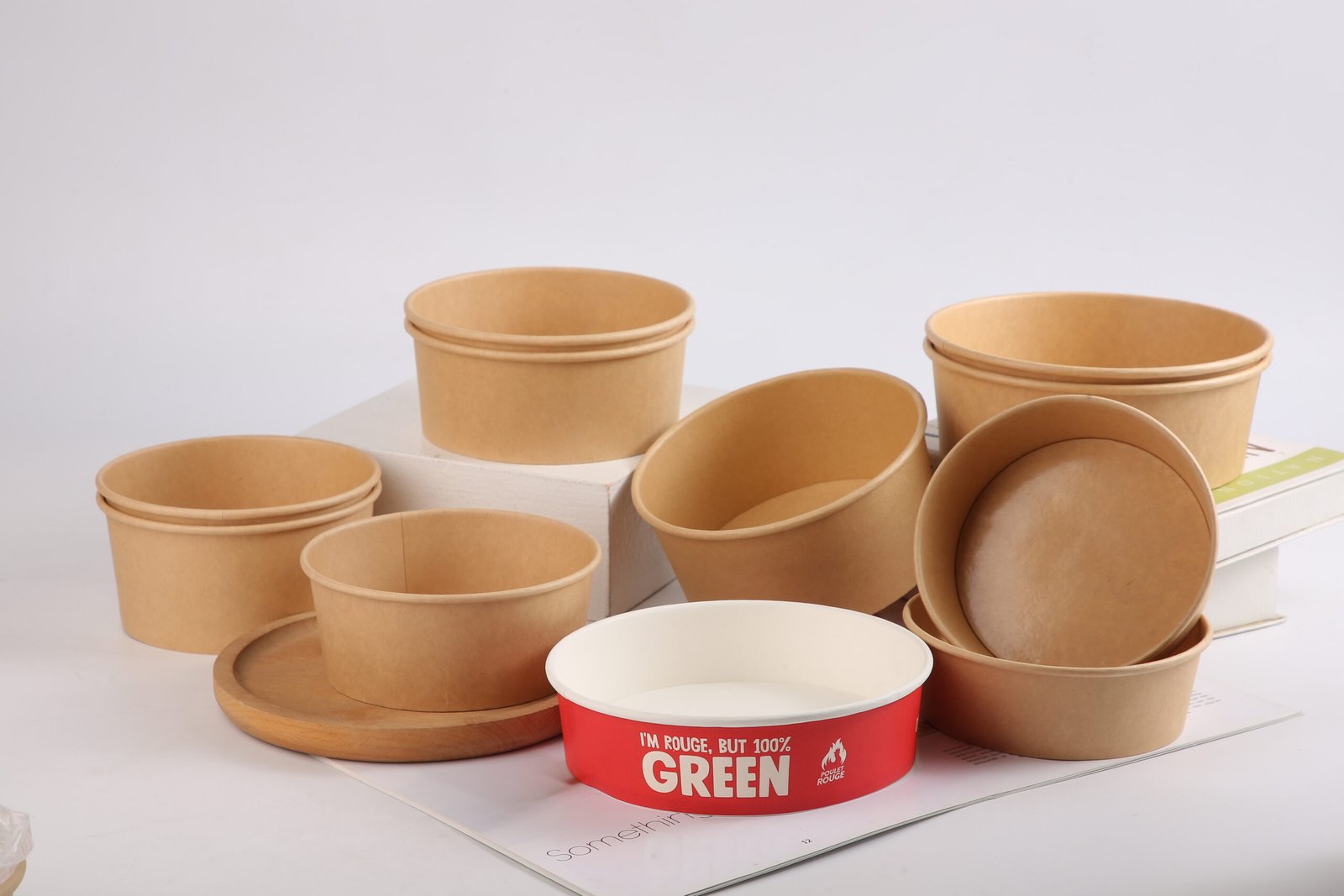What Size Paper Cup is Best for You?
Ganyuan
2025 年 2 月 12 日

1.Why is Paper Cup Size So Important?
“What size paper cups do I need?” this may seem like a simple question, but in reality, the choice of paper cup size directly affects both customer experience and business operational efficiency. Imagine going to a coffee shop and ordering a latte, only to be handed a cup that’s too small, causing coffee to spill and burn your hand, or a cup that’s too large, making the drink seem insufficient. Either way, the customer will be dissatisfied. Therefore, choosing the right paper cup size is key to enhancing customer satisfaction.
Different industries also have varying needs for paper cup sizes. For instance, coffee shops typically require a range of sizes from 4 oz to 16 oz, while fast food restaurants may prefer 12-oz or 16-oz cups. Understanding these differences can help you better meet customer needs.
2.Common Paper Cup Sizes and Their Uses
Paper cups come in various sizes, with the most common being 4 oz, 8 oz, 12 oz, and 16 oz. Each size has its specific use.
4 oz (118 ml): This small size is perfect for espresso shots or samples. If you run a coffee shop, you can use 4-oz cups to offer tasting drinks for customers to try before purchasing.
8 oz (237 ml): This size is ideal for small cups of coffee or tea. It is also suitable for children’s drinks or smaller beverage servings.
12 oz (355 ml): A common choice for medium-sized hot drinks like lattes or cappuccinos. If you want to offer a standard serving size for hot beverages, 12 oz is a great option.
16 oz (473 ml): This larger cup is perfect for iced coffee, smoothies, or other cold drinks. For customers who prefer a larger drink, 16 oz is ideal.
3.How to Choose Paper Cup Size Based on Beverage Type?
“What size paper cups do I need?” Because different types of drinks require different cup sizes. Hot and cold drinks have different needs, and choosing the right size enhances the customer’s drinking experience.
Hot Drinks vs. Cold Drinks
Hot drinks typically require smaller cups since the high temperature of the drink can cause a larger cup to cool the beverage too quickly. Cups ranging from 4 oz to 12 oz are ideal for hot beverages. Cold drinks, on the other hand, require larger cups due to the ice or additional ingredients, with 16 oz or larger ensuring an adequate amount of beverage.

Special Beverages
Espresso requires a 4-oz cup, while cappuccinos are best served in 8-12-oz cups. For cold drinks like smoothies, a 16-oz cup is the best choice
4.Three Key Factors to Consider When Choosing Paper Cup Size
Choosing the right paper cup size isn’t just about beverage type; other factors also need to be considered.
Customer Preferences
Different customers have different needs when it comes to beverage size. Offering multiple sizes allows customers to select according to their preferences, improving satisfaction.
Event Type
For mobile events, smaller cups might be more suitable because they’re easier to carry. In a sit-down cafe, however, larger cups are preferable since customers can take their time to enjoy their drinks.
Cost Control
Larger cups tend to cost more to produce, but they may reduce the need for frequent refills, thereby lowering operational costs. When selecting cup sizes, balancing cost and customer needs is essential.
5.Environmental and Sustainability Trends: The Future of Paper Cups
“What size paper cups do I need?” As environmental awareness grows, the sustainability of paper cups has become increasingly important. More and more businesses are choosing biodegradable and compostable paper cups to reduce environmental impact.
Biodegradable Materials
Biodegradable paper cups decompose naturally, reducing environmental pollution. Many businesses have started using these materials to comply with global plastic waste reduction regulations.
Global Trends
According to market research, the global paper cup market is rapidly growing and is expected to reach $21.5 billion by 2034. This growth is largely driven by the rise of takeout culture and increasing consumer environmental consciousness.
6.Paper Cup Customization and Brand Promotion
Customized paper cups not only serve as a beverage container but also act as an effective brand promotion tool. By printing logos or designs on paper cups, businesses can increase brand visibility while customers use the cups.
Brand Exposure
Customized paper cups can offer additional branding exposure during takeout or events. Customers notice the design of the cup, reinforcing brand awareness.
Design Options
From simple logo prints to intricate patterns, custom paper cups can be designed to fit the needs of a brand. This customization not only enhances brand image but also strengthens customer loyalty.
7. Practical Tips for Bulk Purchasing Paper Cups
For businesses that require large quantities of paper cups, bulk purchasing is an effective way to reduce costs. However, there are a few key points to keep in mind during purchasing:
Cost Control
Choose the right supplier based on size and material, balancing cost with quality. Larger cups tend to be more expensive, but they can reduce the need for frequent refills, lowering operational costs.
Inventory Management
Predict demand accurately to avoid overstocking or shortages. By managing inventory effectively, businesses can ensure a steady supply of paper cups while minimizing waste.
8.Global Paper Cup Market Trends and Future Outlook
“What size paper cups do I need?” Because the global paper cup market is experiencing rapid growth, understanding market trends can help businesses make more informed decisions.
Market Growth
According to market research, the global paper cup market is expected to reach $13.8 billion in 2024 and grow to $21.5 billion by 2034. This growth is driven by the rise of takeout culture and increasing consumer demand for eco-friendly products.
Driving Factors
The widespread adoption of takeout services and consumers’ demand for eco-friendly products are the main drivers of the paper cup market’s growth. As more businesses switch to biodegradable paper cups, this trend will continue to accelerate.
Conclusion
Choosing the right paper cup size is not just about meeting customer needs—it also plays a crucial role in enhancing brand image and fulfilling environmental responsibilities. By understanding the uses of different sizes and considering beverage types and customer preferences, businesses can make more informed choices. As the environmental trend continues to grow, biodegradable paper cups will become the mainstream choice in the future.



I’m really impressed together with your writing abilities
as well as with the format to your blog. Is this a paid subject or
did you modify it your self? Anyway stay up the nice quality writing, it is rare to see a
great blog like this one nowadays. Instagram Auto follow!